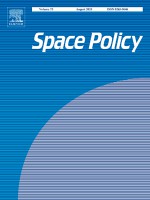Measuring and Explaining Cross-Country Immigration Policies

The intensified international migration pressures of the recent decades prompted many developed countries to revise their immigration regulations and increase border controls. However, the development of these reforms as well as their effectiveness in actually managing immigration flows remain poorly understood. The main reason is that migration regulations are hard to quantify, which has prevented the construction of a universal measure of migration policy. To fill this gap in the literature, we construct an indicator of the restrictiveness of immigration entry policy across countries as well as a more comprehensive indicator of migration policy that also accounts for staying requirements and regulations to foster integration. Specifically, we estimate a Bayesian-state space model to combine all publicly available data sources that are informative on migration policy. This methodology allows us to account for measurement errors in the underlying indicators and increases data availability without imputations or other ad hoc manipulations. The indexes that we obtain are then used to disentangle the factors determining the toughness of migration regulations. Our empirical framework accounts for cross-country correlation in migration policies and combines elements from the median voter and interest group approach. We find strong evidence of spatial correlation in particular in entry restrictiveness, yet substantially less in overall immigration policy. This suggests that there still remains a substantive national margin in immigration policies, in particular in the less visible segments such as staying conditions and integration rights. We also find indications of a global trend of increasing restrictiveness in migration entry policy after the financial crisis of 2007–08.






